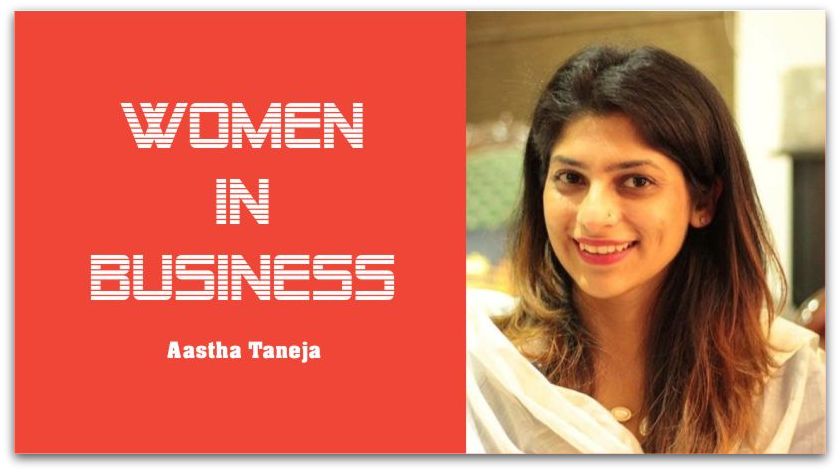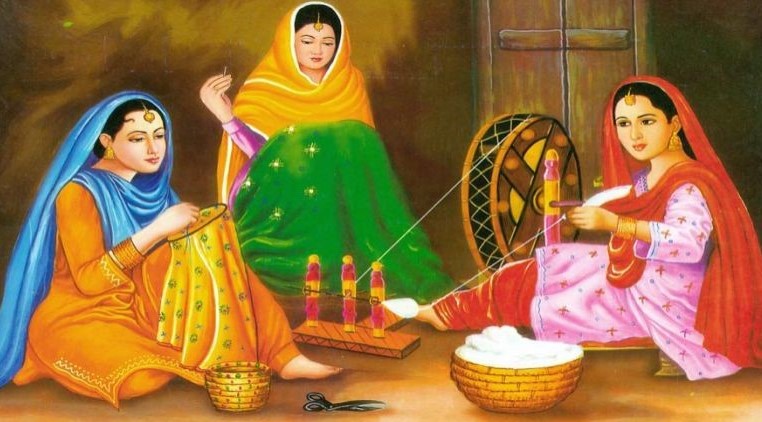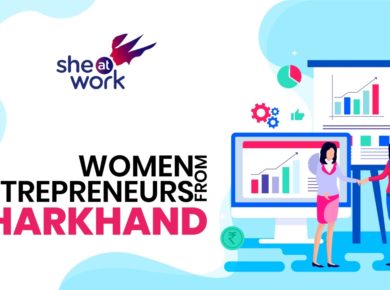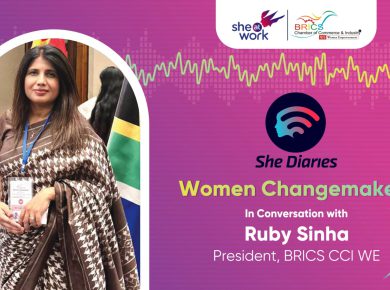Interviewer: Are you married?
Me: No.
Interviewer: Do you plan to get married in the next 2 years?
Me: No.
Yes, I had to answer those questions during a job interview, very early in my career. I found these questions absolutely irrelevant for an interview and I responded with equal negligence, not knowing what the implications could be if I answered otherwise. I rather expect this to come up in a social setting when someone is trying to understand if I would be interested in a marriage proposal. In any other given situation, it’s completely unnecessary to ask a woman if she is married or not, especially in a job interview. It took me time to connect the dots, but that’s when I decided that I would never work for an organization that had such a skewed hiring strategy for women joining the workforce.
Women in business, across the globe, are facing multifaceted parity issues – pay, promotions and opportunities. While even developed countries like Iceland, which recently introduced Equal Pay by Law, are making a conscious effort to address the concern, India is far from even acknowledging the issue.
So, we need to talk.
As a child, I had read about Bollywood female actors being paid significantly lesser than the male counterparts but I had never thought of it as an industry-wide issue. As per The World Economic Forum’s Global Gender Gap Report 2016, in India, women earn 57% of what their male colleagues earn for performing the same work. Well, that’s just unacceptable and unbelievable at the same time. People with the same skill set, education and work experience deserve to be paid equally, irrespective of their gender. I don’t believe that all men are good negotiators and that’s the key reason why they get paid more than women.
It’s often said that women are in low paying roles and jobs and hence the pay disparity. However, women are as aspirational as men, if not more. Enough and more women are ready for leadership roles, but organizations aren’t. The more I talk to other working women, the more I realize how grave the problem is. The data from Shyamsunder, Aarti, Alixandra Pollack, and Dnika Travis. India Inc.: From Intention to Impact. New York: Catalyst, 2015 outlines the representation of women across levels in organizations.
Creating opportunities for women to take up leadership roles will not only impact their professional growth path but also have a positive impact on the society. It’s not a favor but a rightful act. In a country like India, where girls are expected and sometimes forced to get married at a certain age and manage household as well as kids, trust me, working women defy all these traditional notions to achieve their dreams while fulfilling other responsibilities.
The lesson that I have learnt over the years is to be vocal. You HAVE to ask for it. If you are not vocal about it, you might not get it. I have been fortunate to have worked and continue to work with organizations that gave me equal opportunities as my male counterparts to lead critical projects. However, there are many which don’t.
Moreover, the challenges seem unending. Unlike men, women go through various phases in their life which completely change their career trajectory. For example, get pregnant and say goodbye to your dream role. Let alone the dream role, in most of the cases, you might not even get your pre-maternity leave role back. While coping up with multiple physical and emotional changes, new mothers have to deal with the professional stress too. It’s disrespectful and can also cause an emotional setback during one of the most important phases of their life. In my over 7 years of experience, I have seen multiple new mothers struggling to prove their mettle post giving birth. You are judged, no matter what. If you work from home or break water at your office. You will be considered irresponsible in both the cases.
I think organizations can play a huge role in leveling the field for women by recognizing the concern and making a conscious effort to address it. Extending the maternity leave is great, but increasing the paternity leave can have a huge positive impact on the woman’s professional career. As per India Inc. From Intention to Impact, 41% of organizations lack a formal approach to determining performance ratings for post-leave employees.
To achieve equality for women at an organizational level, it’s important that enough women join the workforce. As per the World Bank Report, Precarious Drop: Reassessing Patterns of Female Labor Force Participation in India (https://goo.gl/uzKtDZ), India’s female labor force participation (FLFP) rate has remained visibly low; only ahead of Pakistan and the Arab countries. The International Labor Organization (ILO), as per 2013 records, ranks India’s FLFP rate as 121 out of 131 countries, one of the lowest in the world. It’s shameful for the country where a girl student outshines others at almost all competitive and high-school examinations every year. The report also mentions that the share of illiterates among the female population have decreased-in rural and urban India.
We took years to encourage girl education and are finally making some headway there. However, due to societal pressure, expectation to get married at the ‘right time’ and lack of understanding of their evolved aspirations, little is being done to encourage girls to join the workforce. Even Jawaharlal Nehru once said, “I have long been convinced that a nation’s progress is intimately connected with the status of its women.”McKinsey’s report ,The Power of Parity: Advancing Women’s Equality in India, validates that statement by stating that if India can increase women’s labour force participation by 10 percentage points (68 million more women) by 2025, India could increase its GDP 16%.
The decision is ours.










